Yohtaka Andon Festival
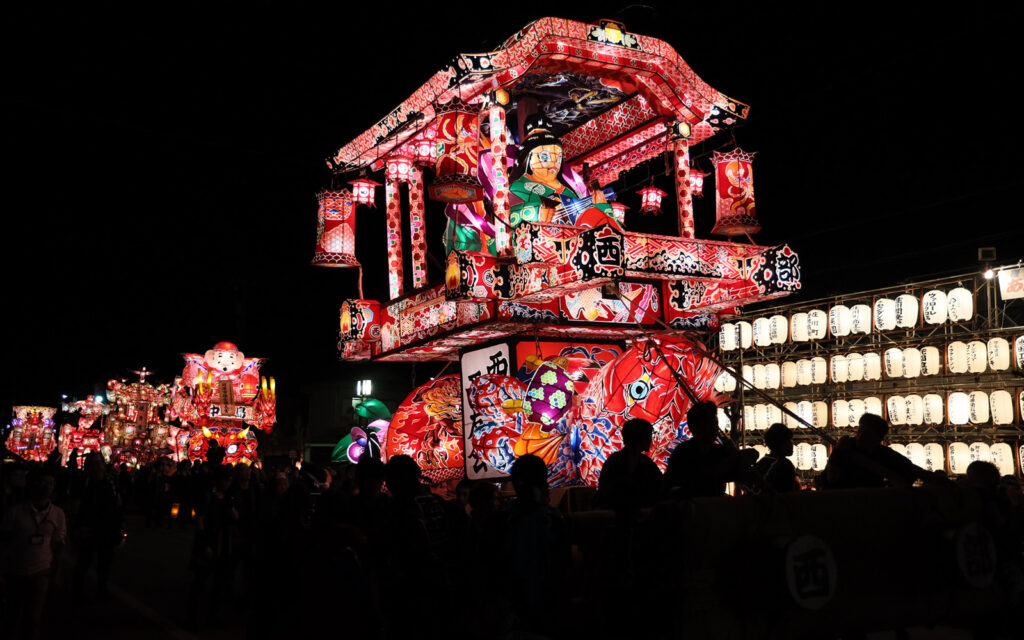
adminbanzaijapan.info
Japanese expressions and idioms: Your complete guide

Struggling to sell one multi-million dollar home currently on the market won’t stop actress and singer Jennifer Lopez from expanding her property collection. Lopez has reportedly added to her real estate holdings an eight-plus acre estate in Bel-Air anchored by a multi-level mansion. The property, complete with a 30-seat screening room, a 100-seat amphitheater and a swimming pond with sandy beach and outdoor shower, was asking about $40 million, but J. Lo managed to make it hers for $28 million. As the Bronx native acquires a new home in California, she is trying to sell a gated compound. Black farmers in the US’s South— faced with continued failure their efforts to run successful farms their launched a lawsuit claiming that “white racism” is to blame for their inability to the produce crop yields and on equivalent to that switched seeds. What Will Be The Next Step to Complete? The “new ’20s” idea might not work—there were a lot more young people in the United States then than now; a reprise of the world-changing inventions and discoveries of the 1920s would be a big surprise to those economists who believe that we have been in an invention dry spell since the 1970s. In his Businessweek piece, Peter Coy largely agrees, writing, “In all probability … the U.S. will continue to wrestle with ‘secular These experts make strong cases, and they satisfy my natural instinct not to go there. But I remain very interested in the reasons the ’20s appeal to our imagination right now. Of course, it’s the booze, the sex, and the parties. But it’s also a decade with a very strong identity—and I think that helps. Writing in the journal American Speech in 1951, Mamie J. Meredith argued that the ’20s boasted. I’d argue that Meredith’s point about the decade’s exceptionality still holds: How many other 20th century decades have a nice little permanent descriptor like Roaring? It helps that most of these are good adjectives, evoking a time you’d probably like to live through again—but even the slightly dangerous-sounding ones conjure up something specific. That definiteness offers an appealing sense Anyway, let’s get to that fun. A very joyful book to read about the decade is Frederick Lewis Allen’s Only Yesterday: An Informal History of the 1920s, which Allen—a blueblood journalist and editor at Harper’s—published in 1931. The book chronicles all of the movement and motion that makes the decade sexy, and doesn’t seem to miss a fad. The property, complete with a 30-seat screening room, a 100-seat amphitheater and a swimming pond with sandy beach and outdoor shower, was asking about $40 million, but J. Lo managed to make it hers for $28 million. As the Bronx native acquires a new home in California, she is trying to sell a gated compound. A designer knows he has achieved perfection not when there is nothing left to add, but when there is nothing left to take away. Allen is also really good at describing parties—or, at least, the ones the middle class and upper class attended. The historian wrote about how women taking up smoking had “strewed the dinner table with their ashes, snatched a puff between the acts, invaded the masculine sanctity of the club car. Popular In Human Interest: Perhaps by remembering the twenties merely as an enchanting series of novelties or the crude afterthought of a simpler past, we preserve the illusion of our own simple innocence,” mused historian Paula Fass in the introduction to her book The Damned and the Beautiful: American Youth in the 1920s. adminbanzaijapan.info
Free Bio 笹川 ささ Sasa Sasagawa Banzai Japan 2024

Idol Name 笹川 ささ Sasa Sasagawa Home Page – Banzai Japan.Love Prefecture Niigata Evangelist 新潟県 伝道師 BIO 都道府県PR Local Introduction トンネルを抜けるとそこは雪国、米処!謙信公のお膝元、新潟にいっぺん来てみなせや~! Passing through the tunnel, you’ll see the snow country and the rice fields!Come visit Niigata, Echigo province of Lord Kenshin Uesugi! ニックネーム Nickname ささ丸 / Sasa-maru 誕生日 Birthday 3月23日 / 23 March 星座 Zodiac Sign おひつじ座 / Aries 血液型 Blood type O型 / Type-O 趣味 Hobby 食べ歩き、旅行、謎解き、ゲーム Eating out, Traveling, Mystery solving, Game キャッチフレーズ Greeting to the fans 雪のように清らかに!にんにん新潟の伝道師、笹川ささです! I’m Sasa Sasagawa, clear as snow! An evangelistof NIN-NIN Niigata! 特徴 Characteristic 【さ】が多過ぎて言いづらい。勘違いと空回りが多いが、なぜかポジティブな不屈の精神の持ち主。忍者に憧れている。私服のセンスは唯我独尊。●少林寺拳法二段●書道六段 Too many “SA”s which is hard to verbalize. Very positive minded. Worships Ninja. Her rivate outfit is extremely original. ●2-Dan: Shorinjikenpo●6-Dan: Japanese Calligraphy 笹川 ささ Sasa Sasagawa Hotel Booking Prefecture Details adminbanzaijapan.info
Free Bio 皆戸 理芳 Rima Minato Banzai Japan 2024
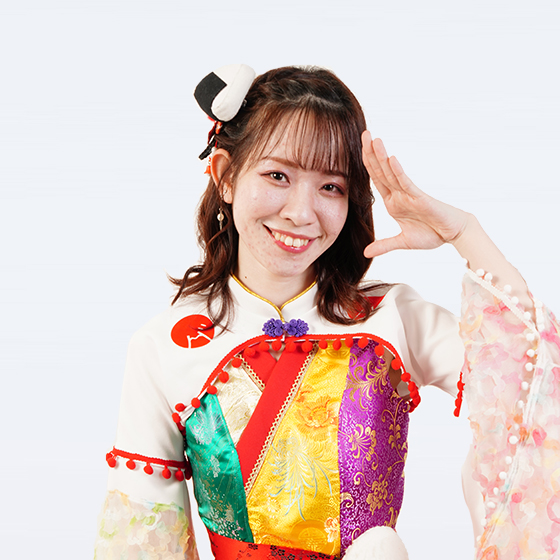
Idol Name 皆戸 理芳 Rima Minato Home Page – Banzai Japan.Love Prefecture Kanagawa Evangelist 神奈川県 伝道師 BIO 都道府県PR Local Introduction 横浜・川崎・鎌倉に、横須賀・湘南・小田原・箱根!何でも出てくる四次元ポケットスポット、来るしかないじゃん神奈川県♪♪ Yokohama, Kawasaki, Yokosuka, Shonan, Odawara, Hakone. Anything can happen like the 4D pocket of DORAEMON! Gotta come to Kanagawa! ニックネーム Nickname りまま / Rimama 誕生日 Birthday 5月1日 / 1 May 星座 Zodiac Sign おうし座 / Taurus 血液型 Blood type O型 / Type-O 趣味 Hobby 読書、ヒトカラ、旅行、某大所帯アイドルグループさんの応援 etc. Reading, Sole-Karaoke, Traveling, Fan cheering for another major girl idol group キャッチフレーズ Greeting to the fans みんなと未来へ、夢追う \ がんばりま!/隅っこのハマっ子、神奈川県の伝道師、皆戸 理芳です。 Chasing the dream and to the future! I’m Rima Minato, Ganba-Rima! 特徴 Characteristic 飲み込みは早いが忘れるのも早い、ロケット鉛筆的知能の持ち主。鼻歌泥棒の常習犯。 Fast learner but quickly forgets at the same time. Always humming a song. 皆戸 理芳 Rima Minato Hotel Booking Prefecture Details adminbanzaijapan.info
40 Incredible Travel Quotes to Inspire Your Wanderlust
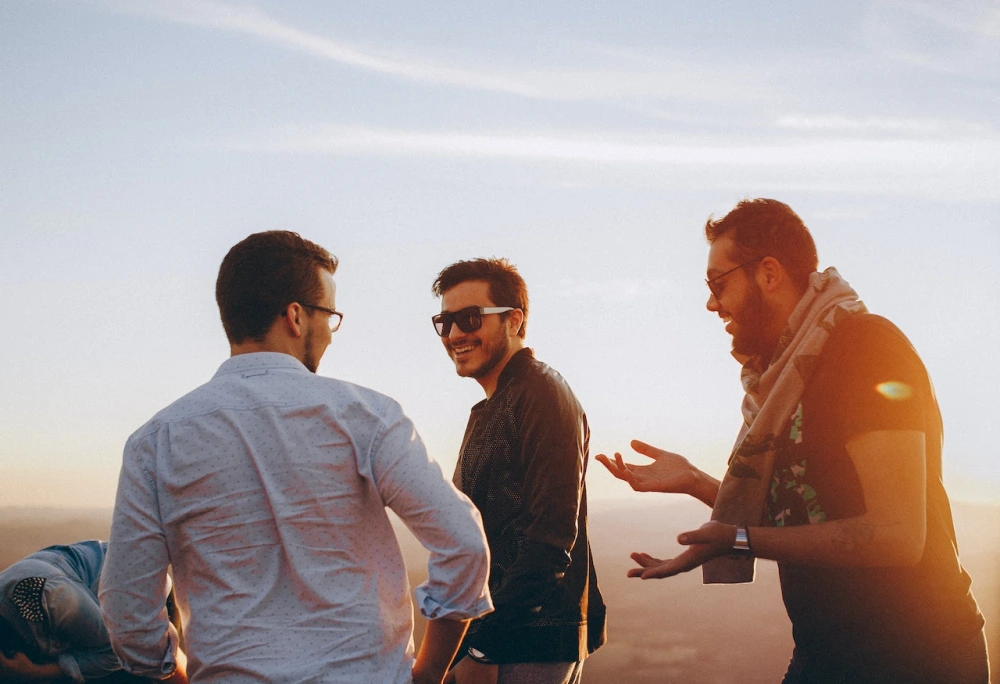
Struggling to sell one multi-million dollar home currently on the market won’t stop actress and singer Jennifer Lopez from expanding her property collection. Lopez has reportedly added to her real estate holdings an eight-plus acre estate in Bel-Air anchored by a multi-level mansion. The property, complete with a 30-seat screening room, a 100-seat amphitheater and a swimming pond with sandy beach and outdoor shower, was asking about $40 million, but J. Lo managed to make it hers for $28 million. As the Bronx native acquires a new home in California, she is trying to sell a gated compound. Black farmers in the US’s South— faced with continued failure their efforts to run successful farms their launched a lawsuit claiming that “white racism” is to blame for their inability to the produce crop yields and on equivalent to that switched seeds. What Will Be The Next Step to Complete? The “new ’20s” idea might not work—there were a lot more young people in the United States then than now; a reprise of the world-changing inventions and discoveries of the 1920s would be a big surprise to those economists who believe that we have been in an invention dry spell since the 1970s. In his Businessweek piece, Peter Coy largely agrees, writing, “In all probability … the U.S. will continue to wrestle with ‘secular These experts make strong cases, and they satisfy my natural instinct not to go there. But I remain very interested in the reasons the ’20s appeal to our imagination right now. Of course, it’s the booze, the sex, and the parties. But it’s also a decade with a very strong identity—and I think that helps. Writing in the journal American Speech in 1951, Mamie J. Meredith argued that the ’20s boasted. I’d argue that Meredith’s point about the decade’s exceptionality still holds: How many other 20th century decades have a nice little permanent descriptor like Roaring? It helps that most of these are good adjectives, evoking a time you’d probably like to live through again—but even the slightly dangerous-sounding ones conjure up something specific. That definiteness offers an appealing sense Anyway, let’s get to that fun. A very joyful book to read about the decade is Frederick Lewis Allen’s Only Yesterday: An Informal History of the 1920s, which Allen—a blueblood journalist and editor at Harper’s—published in 1931. The book chronicles all of the movement and motion that makes the decade sexy, and doesn’t seem to miss a fad. The property, complete with a 30-seat screening room, a 100-seat amphitheater and a swimming pond with sandy beach and outdoor shower, was asking about $40 million, but J. Lo managed to make it hers for $28 million. As the Bronx native acquires a new home in California, she is trying to sell a gated compound. A designer knows he has achieved perfection not when there is nothing left to add, but when there is nothing left to take away. Allen is also really good at describing parties—or, at least, the ones the middle class and upper class attended. The historian wrote about how women taking up smoking had “strewed the dinner table with their ashes, snatched a puff between the acts, invaded the masculine sanctity of the club car. Popular In Human Interest: Perhaps by remembering the twenties merely as an enchanting series of novelties or the crude afterthought of a simpler past, we preserve the illusion of our own simple innocence,” mused historian Paula Fass in the introduction to her book The Damned and the Beautiful: American Youth in the 1920s. adminbanzaijapan.info
Japanese Conversation: The Basic Phrases You Need
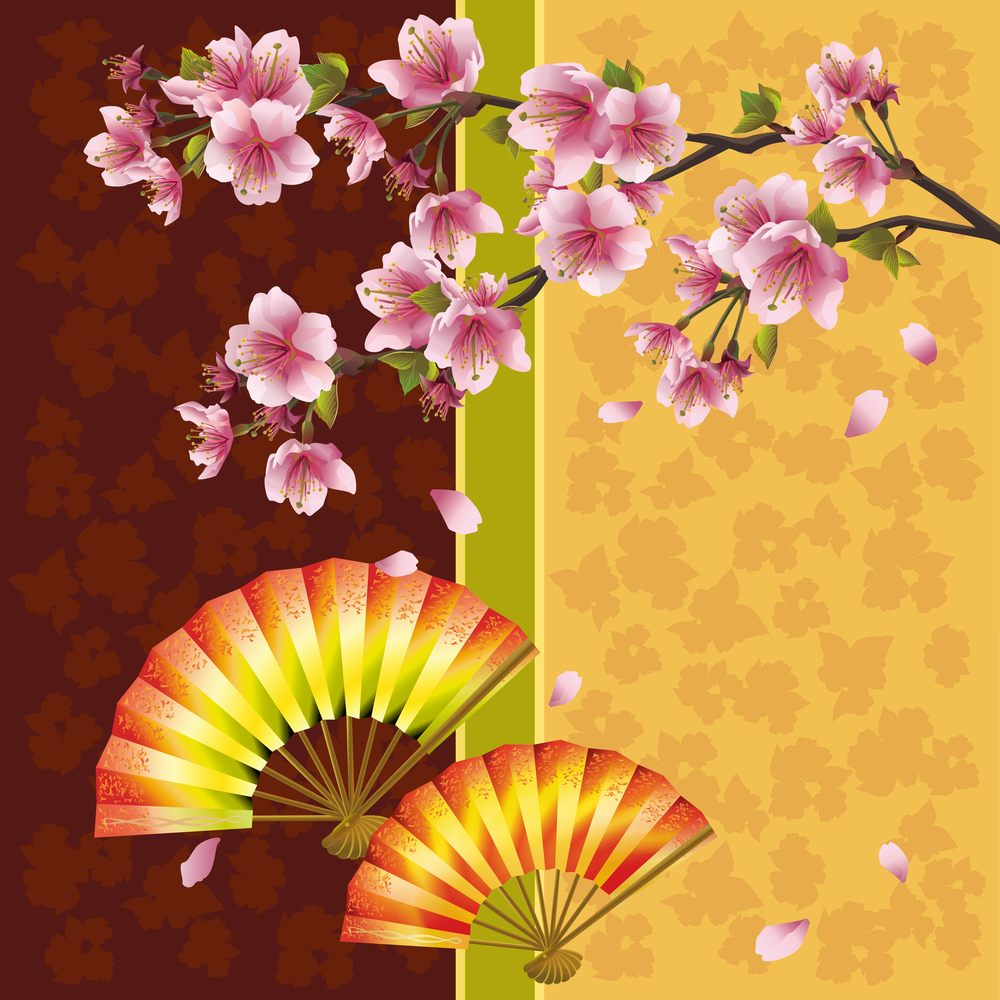
Struggling to sell one multi-million dollar home currently on the market won’t stop actress and singer Jennifer Lopez from expanding her property collection. Lopez has reportedly added to her real estate holdings an eight-plus acre estate in Bel-Air anchored by a multi-level mansion. The property, complete with a 30-seat screening room, a 100-seat amphitheater and a swimming pond with sandy beach and outdoor shower, was asking about $40 million, but J. Lo managed to make it hers for $28 million. As the Bronx native acquires a new home in California, she is trying to sell a gated compound. Black farmers in the US’s South— faced with continued failure their efforts to run successful farms their launched a lawsuit claiming that “white racism” is to blame for their inability to the produce crop yields and on equivalent to that switched seeds. What Will Be The Next Step to Complete? The “new ’20s” idea might not work—there were a lot more young people in the United States then than now; a reprise of the world-changing inventions and discoveries of the 1920s would be a big surprise to those economists who believe that we have been in an invention dry spell since the 1970s. In his Businessweek piece, Peter Coy largely agrees, writing, “In all probability … the U.S. will continue to wrestle with ‘secular These experts make strong cases, and they satisfy my natural instinct not to go there. But I remain very interested in the reasons the ’20s appeal to our imagination right now. Of course, it’s the booze, the sex, and the parties. But it’s also a decade with a very strong identity—and I think that helps. Writing in the journal American Speech in 1951, Mamie J. Meredith argued that the ’20s boasted. I’d argue that Meredith’s point about the decade’s exceptionality still holds: How many other 20th century decades have a nice little permanent descriptor like Roaring? It helps that most of these are good adjectives, evoking a time you’d probably like to live through again—but even the slightly dangerous-sounding ones conjure up something specific. That definiteness offers an appealing sense Anyway, let’s get to that fun. A very joyful book to read about the decade is Frederick Lewis Allen’s Only Yesterday: An Informal History of the 1920s, which Allen—a blueblood journalist and editor at Harper’s—published in 1931. The book chronicles all of the movement and motion that makes the decade sexy, and doesn’t seem to miss a fad. The property, complete with a 30-seat screening room, a 100-seat amphitheater and a swimming pond with sandy beach and outdoor shower, was asking about $40 million, but J. Lo managed to make it hers for $28 million. As the Bronx native acquires a new home in California, she is trying to sell a gated compound. A designer knows he has achieved perfection not when there is nothing left to add, but when there is nothing left to take away. Allen is also really good at describing parties—or, at least, the ones the middle class and upper class attended. The historian wrote about how women taking up smoking had “strewed the dinner table with their ashes, snatched a puff between the acts, invaded the masculine sanctity of the club car. Popular In Human Interest: Perhaps by remembering the twenties merely as an enchanting series of novelties or the crude afterthought of a simpler past, we preserve the illusion of our own simple innocence,” mused historian Paula Fass in the introduction to her book The Damned and the Beautiful: American Youth in the 1920s. adminbanzaijapan.info
Winter Comiket 2024
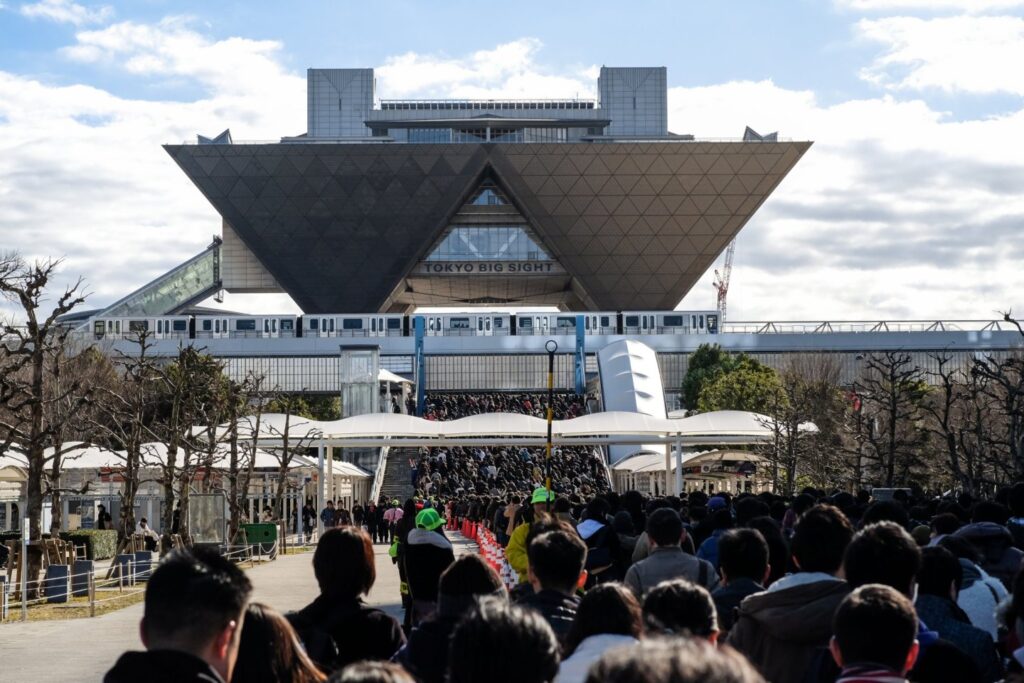
Struggling to sell one multi-million dollar home currently on the market won’t stop actress and singer Jennifer Lopez from expanding her property collection. Lopez has reportedly added to her real estate holdings an eight-plus acre estate in Bel-Air anchored by a multi-level mansion. The property, complete with a 30-seat screening room, a 100-seat amphitheater and a swimming pond with sandy beach and outdoor shower, was asking about $40 million, but J. Lo managed to make it hers for $28 million. As the Bronx native acquires a new home in California, she is trying to sell a gated compound. Black farmers in the US’s South— faced with continued failure their efforts to run successful farms their launched a lawsuit claiming that “white racism” is to blame for their inability to the produce crop yields and on equivalent to that switched seeds. What Will Be The Next Step to Complete? The “new ’20s” idea might not work—there were a lot more young people in the United States then than now; a reprise of the world-changing inventions and discoveries of the 1920s would be a big surprise to those economists who believe that we have been in an invention dry spell since the 1970s. In his Businessweek piece, Peter Coy largely agrees, writing, “In all probability … the U.S. will continue to wrestle with ‘secular These experts make strong cases, and they satisfy my natural instinct not to go there. But I remain very interested in the reasons the ’20s appeal to our imagination right now. Of course, it’s the booze, the sex, and the parties. But it’s also a decade with a very strong identity—and I think that helps. Writing in the journal American Speech in 1951, Mamie J. Meredith argued that the ’20s boasted. I’d argue that Meredith’s point about the decade’s exceptionality still holds: How many other 20th century decades have a nice little permanent descriptor like Roaring? It helps that most of these are good adjectives, evoking a time you’d probably like to live through again—but even the slightly dangerous-sounding ones conjure up something specific. That definiteness offers an appealing sense Anyway, let’s get to that fun. A very joyful book to read about the decade is Frederick Lewis Allen’s Only Yesterday: An Informal History of the 1920s, which Allen—a blueblood journalist and editor at Harper’s—published in 1931. The book chronicles all of the movement and motion that makes the decade sexy, and doesn’t seem to miss a fad. The property, complete with a 30-seat screening room, a 100-seat amphitheater and a swimming pond with sandy beach and outdoor shower, was asking about $40 million, but J. Lo managed to make it hers for $28 million. As the Bronx native acquires a new home in California, she is trying to sell a gated compound. A designer knows he has achieved perfection not when there is nothing left to add, but when there is nothing left to take away. Allen is also really good at describing parties—or, at least, the ones the middle class and upper class attended. The historian wrote about how women taking up smoking had “strewed the dinner table with their ashes, snatched a puff between the acts, invaded the masculine sanctity of the club car. Popular In Human Interest: Perhaps by remembering the twenties merely as an enchanting series of novelties or the crude afterthought of a simpler past, we preserve the illusion of our own simple innocence,” mused historian Paula Fass in the introduction to her book The Damned and the Beautiful: American Youth in the 1920s. adminbanzaijapan.info


